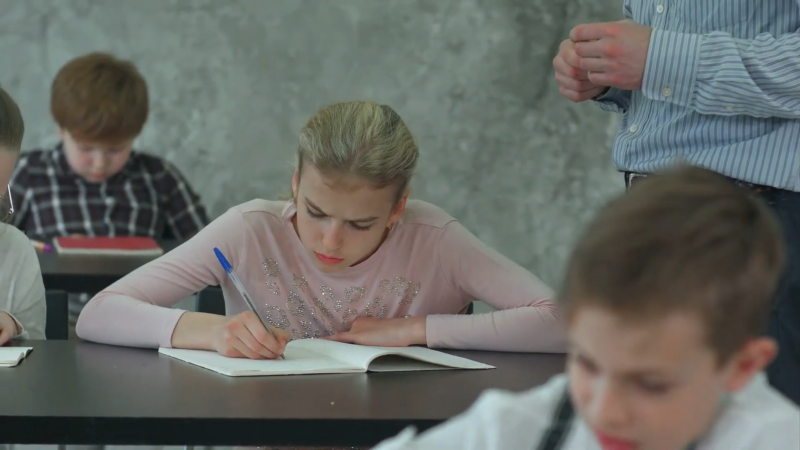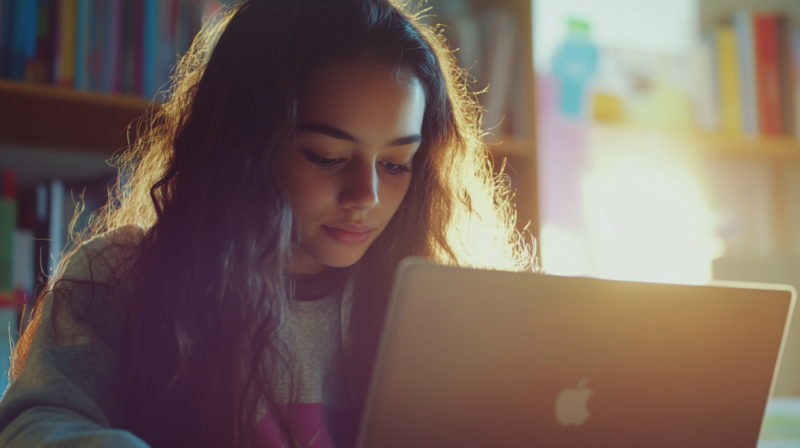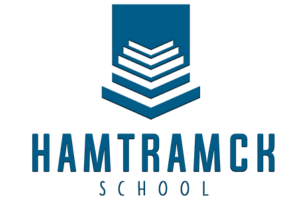I’ve always believed learning should be exciting. It should spark curiosity, fuel creativity, and prepare kids for a world full of opportunities.
But when I look at traditional schools today, I see a system stuck in the past. Textbooks, rigid schedules, and standardized tests dominate classrooms while the world outside moves at lightning speed.
Think about how technology has transformed everyday life. We order food with a tap on our phones, connect with people across the globe in seconds, and access information faster than ever. Yet, in most schools, kids still sit in rows, listening to lectures that follow the same structure their grandparents experienced.
Education can’t remain frozen in time. The world demands more, and so do students.
Real-World Skills Matter More Than Memorization
Education is more than just memorizing facts; it’s about cultivating a mindset of lifelong learning and adaptation. Even if we forget the details, the essence of what we’ve learned stays with us, shaping our understanding of the world and guiding our actions. https://t.co/gAzgLHtmiW
— Bevinzey (@bevinzey) March 5, 2024
Memorizing facts and regurgitating them on a test doesn’t cut it anymore. Employers don’t hire based on who can recall the Pythagorean theorem or list all the elements on the periodic table. They seek problem-solvers, critical thinkers, and people who adapt quickly to change.
Students need to develop:
- Creativity – The ability to think outside the box and generate new ideas.
- Emotional Intelligence – Skills that help them collaborate, lead, and communicate effectively.
- Tech Fluency – Comfort with digital tools, programming, and automation.
- Entrepreneurial Thinking – The courage to take risks, solve problems, and innovate.
- Resilience – The mindset to push through challenges, learn from failures, and keep growing.
- Collaboration Skills – Working effectively with others, regardless of background or location.
- Financial Literacy – Managing money, investments, and economic decision-making.
- Mental Health Awareness – Recognizing emotional well-being as a crucial component of success.
Traditional schools focus so much on test scores that many students never build these essential skills. That’s a problem.
The Rise of Alternative Learning Paths
Thankfully, new learning models are stepping up. More families and students are embracing education in different forms, breaking away from outdated classroom structures. A few approaches that are gaining traction:
1. Online Learning

From coding boot camps to virtual high schools, digital education offers flexibility that traditional schools can’t match. Students learn at their own pace, explore subjects beyond a fixed curriculum, and access world-class educators without leaving their homes.
2. Project-Based Learning
Rather than absorbing information passively, students work on real-world projects. They build, experiment, and create, applying knowledge instead of just memorizing it.
3. Microlearning and Skill-Based Education
Short, focused lessons teach practical skills. Instead of spending years in a classroom, learners pick up valuable abilities in months or even weeks.
4. Homeschooling and Unschooling
More parents are choosing to take control of education, customizing learning based on their child’s interests and strengths. Without rigid schedules or standardized testing pressure, kids can explore subjects they truly enjoy.
5. Hybrid Learning Models
A blend of traditional schooling and alternative approaches allows students to receive classroom instruction while also engaging in online learning, internships, or self-directed projects.
6. Apprenticeships and Real-World Training
Instead of solely relying on classroom education, students gain hands-on experience through mentorship programs and industry-based learning.
Technology’s Role in Shaping the Future
View this post on Instagram
We can’t talk about the future of education without mentioning technology. AI, virtual reality, and personalized learning platforms are revolutionizing how people absorb knowledge.
Imagine students exploring ancient Rome through a VR headset or receiving tutoring from an AI that adapts to their learning style. Sounds futuristic? It’s already happening.
Technology makes education more accessible, engaging, and tailored to individual needs. Instead of a one-size-fits-all model, learning can be customized to fit each student’s strengths and pace.
- Artificial Intelligence – AI-driven tutors provide personalized lessons based on each student’s strengths and weaknesses.
- Virtual Reality & Augmented Reality – Immersive experiences allow learners to travel through history, conduct science experiments, or simulate real-world job training.
- Gamification – Learning through interactive games makes education more engaging and effective.
- Adaptive Learning Platforms – Programs that adjust content in real time based on a student’s progress.
- Blockchain Credentials – Digital certificates and degrees stored securely for credibility and easy verification.
The Shift from Teachers to Mentors

Educators will always be crucial, but their role is evolving. The best teachers of the future won’t just lecture—they’ll guide, support, and mentor students. Rather than acting as the sole source of knowledge, they’ll help learners think critically, solve problems, and discover passions.
Imagine classrooms where students spend less time memorizing facts and more time discussing ideas, debating concepts, and working on meaningful projects. That shift creates independent thinkers who are ready for real-world challenges.
Teachers can:
Why It’s Time to Rethink Education

Sticking to old methods is no longer an option. Education must adapt, just like everything else in the world. That means:
- Moving beyond standardized tests and grades as the only measures of success.
- Prioritizing hands-on experiences and problem-solving over rote memorization.
- Encouraging creativity and exploration, rather than punishing mistakes.
- Leveraging technology to make learning more engaging and effective.
- Supporting lifelong learning, so education doesn’t end after high school or college.
- Making education accessible for all, regardless of socioeconomic background.
- Expanding global collaboration and exchange programs to encourage cross-cultural learning.
It’s not about replacing traditional schools entirely—it’s about evolving them. Some students thrive in structured classrooms, but others need flexibility and different approaches.
By embracing change, education can become a force that empowers, excites, and truly prepares students for the future.
Final Thoughts
@tuexeducation 🌟 Dive into the future of learning! Discover how gamification, virtual reality, and AI-driven personalized lessons are revolutionizing education. 🎮📚 From turning studies into exciting games to exploring subjects through immersive VR, these innovative techniques are making learning more engaging and effective. Ready to level up your education? #LearningRevolution #EdTech #FutureOfEducation ♬ original sound – Tuex Education
The future belongs to those who can think critically, adapt quickly, and innovate fearlessly. Sticking to outdated educational models doesn’t just limit students—it limits progress.
We have the tools, knowledge, and technology to create something better. So why wait? Let’s build an education system that prepares kids for the world they’re stepping into, not the one we left behind.
Education should be an adventure, not a chore. The time to rethink and reshape learning is now. Free education for all can empower every student to explore their full potential without financial barriers.
By shifting focus from rigid curriculums to adaptable learning models, we can create an education system that nurtures curiosity, independence, and resilience. Every student has unique potential, and it’s time the system starts recognizing and supporting that diversity.

